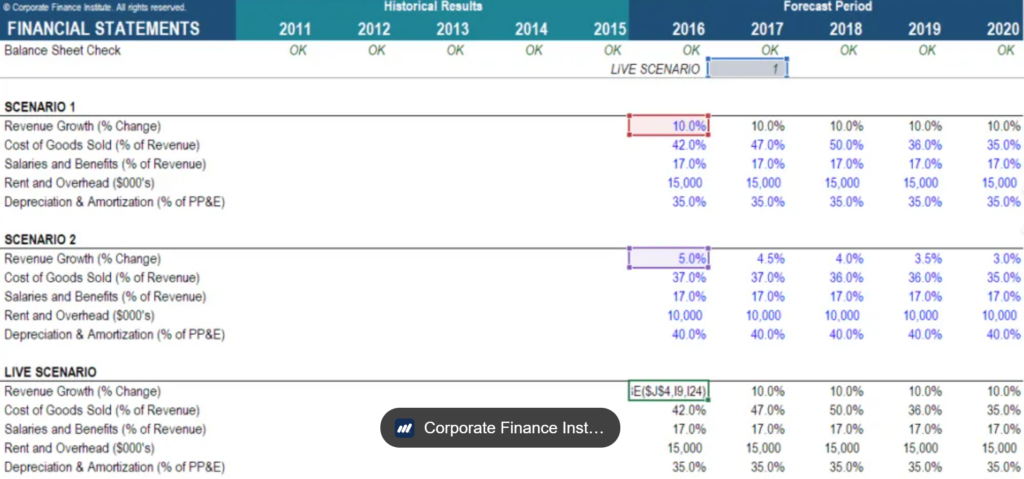How to Build Flexibility into Your Budgeting Scenario

With the uncertainty of legislation or funding sources, not-for-profits can consider alternative budgeting scenarios that support more flexibility than the traditional fiscal-year budget.
You may have planned for a larger grant than you actually received, or a major donor may have delayed their annual gift or added new restrictions on the use of funds. These are just a couple of reasons why a flexible budget may be the best option for your not-for-profit.
What is a flexible budget?
We define 3-6-9-month budgets and scenario-based budgeting as a consideration for not-for-profits’ agile management. A fixed or static budget aiming to project a year’s worth of revenue and expenses would take historical data and future projections into account to determine a fixed budget. In a vacuum, this would work every time.
The reality is, revenue streams and expenses can change quite rapidly, especially in the not-for-profit world. This is why focusing on a shorter time period makes more sense when it comes to budgeting. This allows teams to take into account what is happening now and what happened last month to forecast future surplus or deficit instead of being trapped into comparing last year’s data to a changing environment.
Here are a handful of advantages and disadvantages to 3-, 6- and 9-month flexible budgets, plus an example of a scenario-based budget.
Three-Month Budget
Advantages
- Has less time to diverge from a six-month budget
- Takes seasonal expenses into account
- Additional income can be used immediately in your next quarter, vs. planning ahead for next year
- Focuses on concrete results
- Living document; you’re not locked into the budget for an entire year
Disadvantages
- Budgeting changes every three months
- Hard to keep track of which budget you’re using
- Takes more time to create additional budgets
Six-Month Budget
Advantages
- Works with long donor cultivation cycles well
- Focuses on concrete results
- Living document; you’re not locked into the budget for an entire year
Disadvantages
- Doesn’t account for seasonality
- You may have more expenses at the end of the year, due to membership incentives or gift-giving
Nine-Month Budget
Advantages
- Budgeting carries from one year to the next; not tied to year-end
- More data for historical reporting and forecasting
- Longer period of time allotted to achieve goals
- Focuses on goals that are higher-level
Disadvantages
- Waiting nine months before applying revenue to next period
- Harder to predict what will happen in a nine-month stretch
- Less like a living document; more rigid than three- or six-month budget
Scenario-based Budget
A scenario-based budget takes into account multiple scenarios to ensure you’re not left scratching your head if something goes awry. With scenario-based budgets, you can easily swap to another budget.
Example:

You can use scenarios in a variety of ways, but here are a couple of examples: separate your scenarios based on programs or initiatives, or separate scenarios based on best-case vs. worst-case. If your projections are off, use your budget as a baseline to keep your project on track.
You can also use scenario-based budgets in conjunction with 3-6-9 budgets as recommended by your advisor. Just make sure to keep your data organized.
Flexible budgeting is more attractive to nonprofits than traditional year-long budgeting to provide real-time data as well as projections for flexible cash flow and debt management.
Discuss your options with your advisory team at WhippleWood.
Interested in learning more about accounting for your not-for-profit? Learn about the new lease accounting standard for 2022.
About the Author

Randall Joens CPA
Randall serves as the Director in charge of the firm’s Client Advisory Service (CAS) practice. In this role, he works with organizations to bolster their accounting function, drive efficiencies, maintain compliance with regulatory bodies, enhance financial reporting, and empower management to make more informed and effective decision making.



